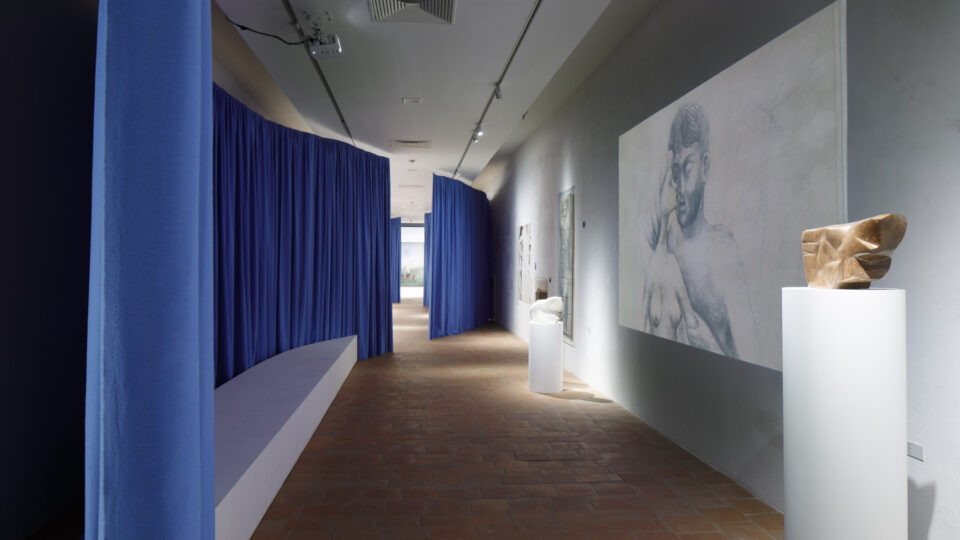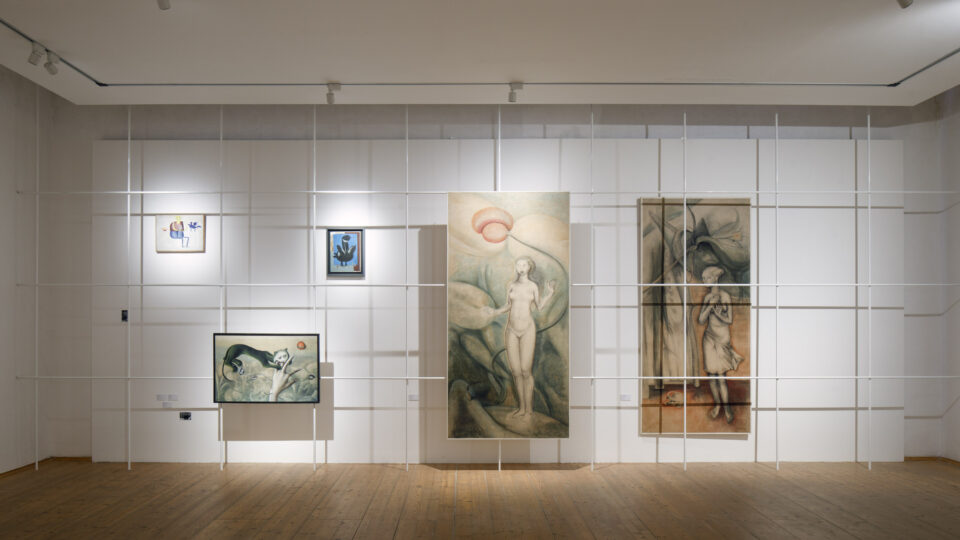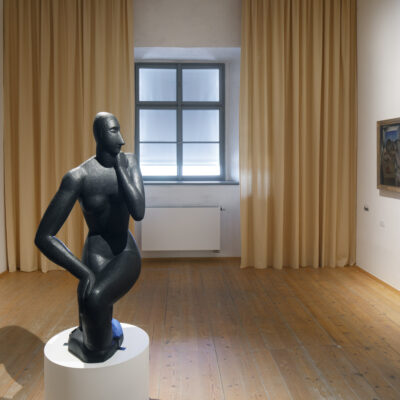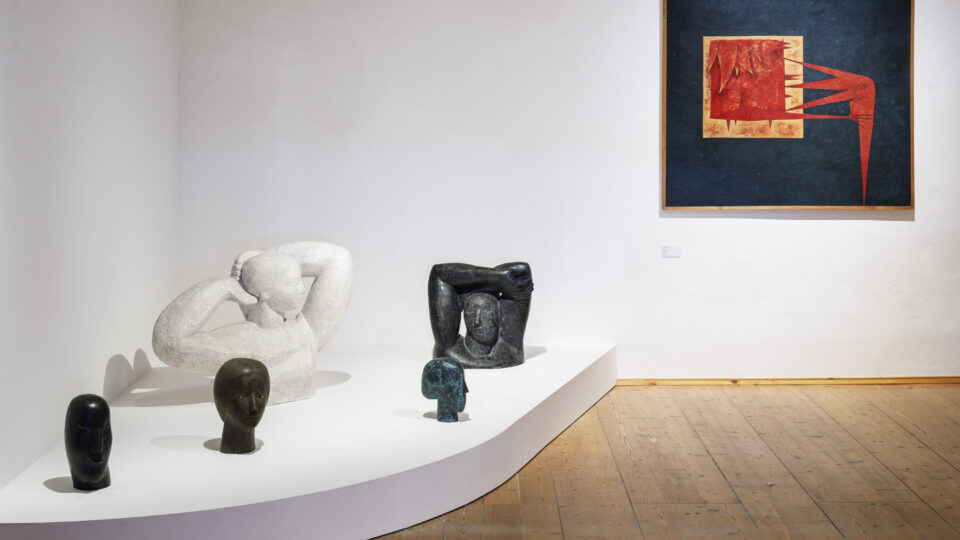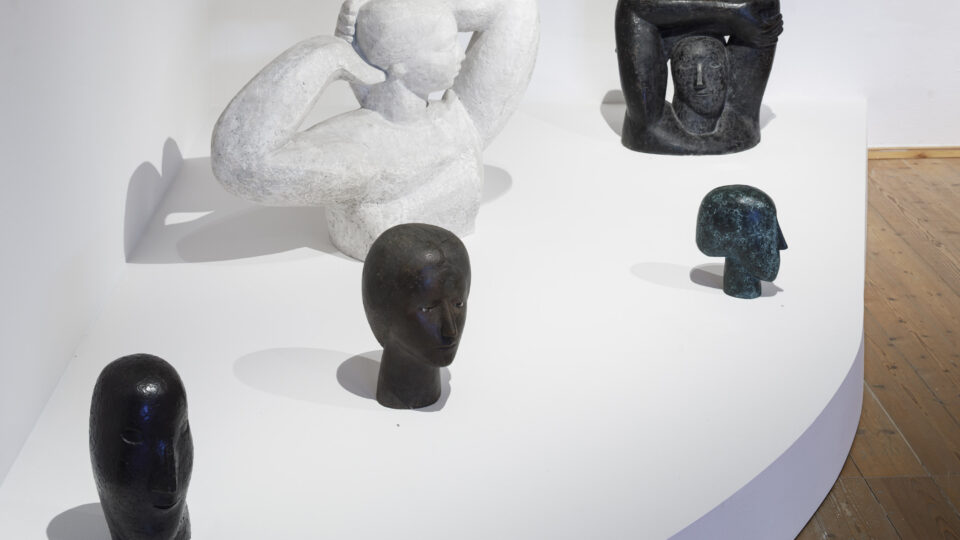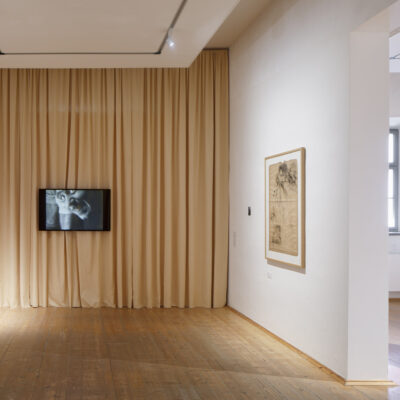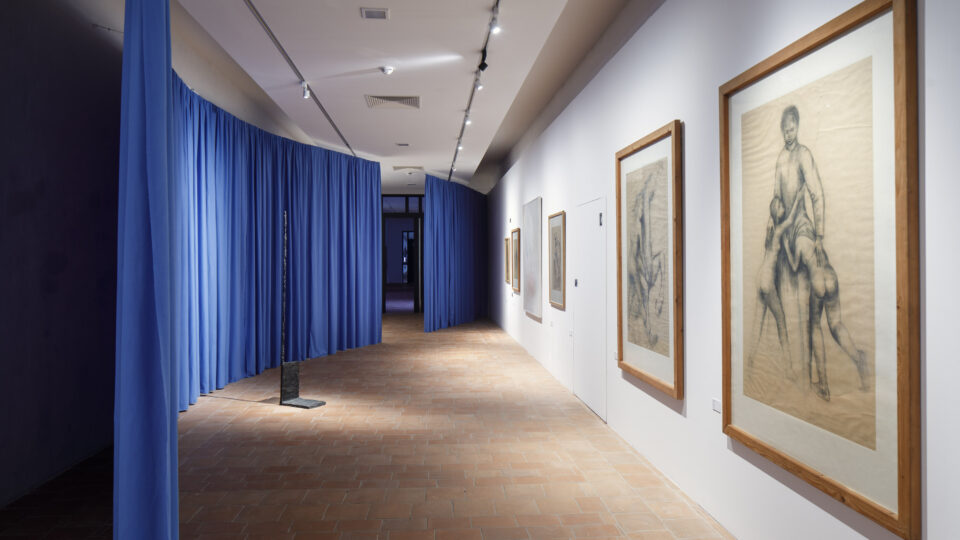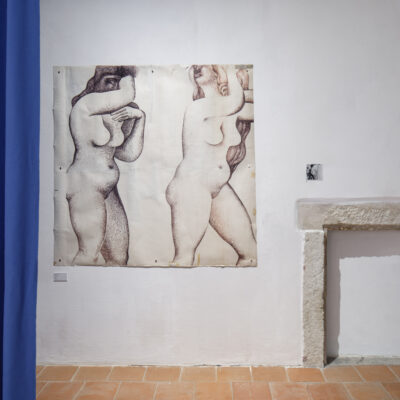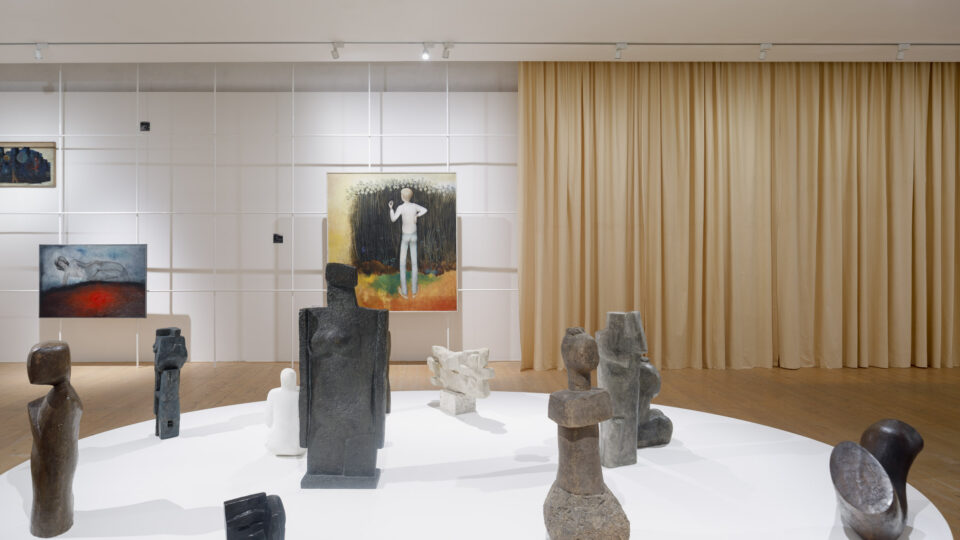In 2020, the one hundredth anniversary of the birth of one of the most distinctive Czech artists of the post-war generation, Stanislav Podhrázský (1920–1999), passed almost unnoticed – in part because of the limitations on cultural life resulting from the anti-Covid measures. According to Marie Klimešová, Podhrázský is one of just a few Czech artists who – if not for communism – would undoubtedly have achieved European fame thanks to the unique and timeless nature of their work. His unusual lyrical form characterised by a distinctive sense of unease, combines the era’s tendencies such as surrealism, abstraction and new figuration, and yet its spontaneous expression preserves Podhrázský’s characteristic personality. His early work ranks him among other radical representatives of post-war Czech surrealism. His later work existed more outside established tendencies and, besides surrealism, incorporated the formal approaches of other important stages from the history of international art, in particular the Italian Renaissance and mannerism. Artists with whom Podhrázský nurtured close personal and professional ties included Zbyněk Sekal, Zdeněk Palcr, Miloš Chlupáč, Josef Lehoučka, Emila Medková and Mikuláš Medek, whose shared artistic paths began during their student days and continued throughout various stages in their careers, always characterised by mutual support and inspiration.
Following the Second World War, Podhrázský studied under František Tichý at Prague’s School of Applied Arts (1945–1950), where his friends and fellow students included Zbyněk Sekal, Josef Lehoučka and Mikuláš Medek. He was also friends with Miloslav Chlupáč and Zdeněk Palcr, who were studying sculpture under Josef Wagner. In the second half of the 1950s, Podhrázský joined Máj 57, a founding member of which was Chlupáč and whose first exhibitions featured works by Podhrázský, Palcr and Sekal. The group defined itself in opposition to ideological art and socialist realism and sought to establish itself among the viewing public. Also in the 1950s, Podhrázský, Palcr and Medek began working as art restorers. Along with his friends Palcr, Václav Boštík and Olbram Zoubek, Podhrázský contributed significantly to the restoration of the Renaissance-era sgraffito on Litomyšl Chateau, where he composed a number of lunettes himself. Podhrázský was the kind of artist who worked on the side-lines and preferred the company of close friends. He did not feel the need to exhibit his work – something he was forbidden to do for years following the country’s 1968 occupation. Nevertheless, the quality of his art has withstood the test of time. His first summary exhibition was organised by Jan Kříž in Litomyšl (2001); his most recent and largest retrospective exhibition to date was held ten years ago (2013) at Prague City Gallery and featured a comprehensive monographic publication edited by Marie Klimešová. Today, Podhrázský’s work can be found in numerous public and private collections, including the National Gallery in Prague and the Centre George Pompidou in Paris.
Previous exhibitions have focused on the need to present and assess Podhrázský’s oeuvre in its entirely. By comparison, the aim of this exhibition is to explore the environment in which he worked and his personal and professional ties, which were of fundamental importance during this difficult period in history. It thus presents a cross-section of his work within the context of his working environment and the art of his closest friends such as Miloslav Chlupáč, Zdeněk Palcr, Zbyněk Sekal and Mikuláš Medek. Period documentation in the form of photographs, film footage and interviews brings to life the artistic and intellectual context in which Podhrázský created his work during various periods in his life. This documentation is mainly the result of the gallery’s collaboration with the artist’s family (Jana Chytilová, Jaroslava Podhrázská). The exhibited works are on loan from private and public collections.
A catalogue is being published to go along with the exhibition.
Over the course of the exhibition, the gallery will host a public forum featuring the artist’s family and others who remember Podhrázský. There will also be guided tours with the curator, and the GASK Learning Centre is planning various accompanying programmes for school groups, families and other visitors.
You can watch the video HERE.


